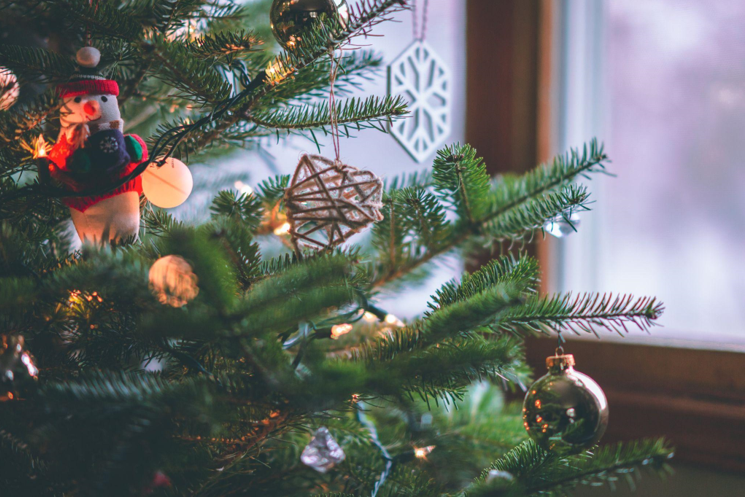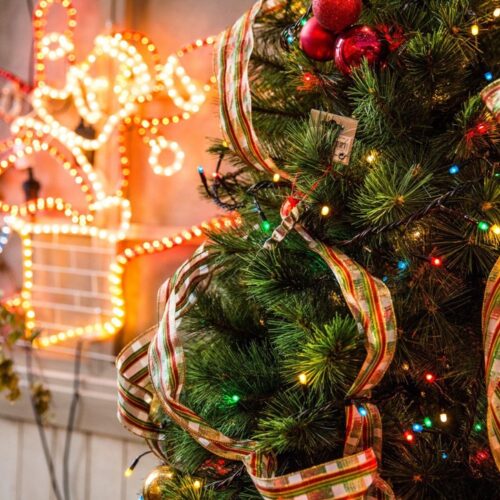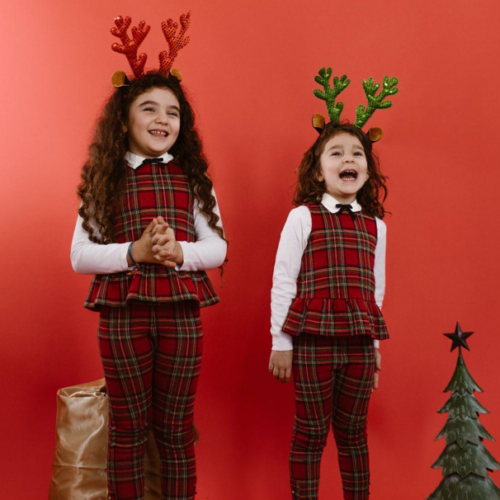If you have a Christmas tree 9ft, you know how important it is to find the perfect tree skirt to make it look festive and complete. But have you ever stopped to think about the history and significance of this simple yet essential adornment for your tree? This article will explore the history of Christmas tree skirts and how Jesus, Mary, and the Holy Ghost have influenced Christmas traditions within the Church.
The first Christmas tree skirt was created in Germany in the 19th century.
Before then, trees were simply placed in stands with no decorative covering. The tree skirt was created to serve as an ornamental and protective cover for the floor beneath the tree. The skirt would catch needles and debris that fell from the tree and prevent the wax from candles used to light the tree from spilling onto the floor.
As Christmas trees became more popular, so did their decorative skirts.
In the early 20th century, tree skirts were often made from felt, velvet, or wool. Tree skirts are available in various materials and styles today, including burlap, fur, and even sequins.
Although the Christmas tree skirt was not born out of religious tradition, it has become a symbol of the holiday season and remains an integral part of Christmas decorations. For Christians, the Christmas tree serves as a reminder of Jesus’ birth, and the tree skirt can be seen as a symbol of Mary’s veil, the cloth used to cover the altar, and the tabernacle in the Catholic Church.
During Christmas, Christians celebrate the birth of Jesus and the Holy Family. The Nativity story describes Mary and Joseph traveling to Bethlehem, with Mary giving birth to Jesus in a stable. The presence of the Holy Ghost is also a significant part of the story, with the angel Gabriel announcing to Mary that she would conceive a child by the Holy Ghost.
In addition to the Christmas tree 9ft, other traditions have been developed to honor the birth of Jesus. One such tradition is the Nativity scene, a display depicting the birth of Jesus in a manger surrounded by animals, with Mary and Joseph looking on. The Nativity scene is still celebrated in many churches and homes today.
Another tradition is the Advent wreath, a wreath of evergreens with four candles, representing the four weeks leading up to Christmas. A candle is lit each Sunday to honor the anticipation of Jesus’ birth.
In conclusion, although the Christmas tree skirt may seem like an insignificant decoration, it serves an essential purpose in protecting our floors and completing the festive look of our Christmas trees. Additionally, its symbolism as a representation of Mary’s veil and, by extension, the importance of Mary in religious traditions reminds us of the significance of the Nativity story and the celebration of Jesus’ birth. When we think about the Christmas tree skirt, we can see how it is just one small detail that is part of the more significant celebration of the birth of Jesus and the traditions that have developed throughout the history of the Church.



